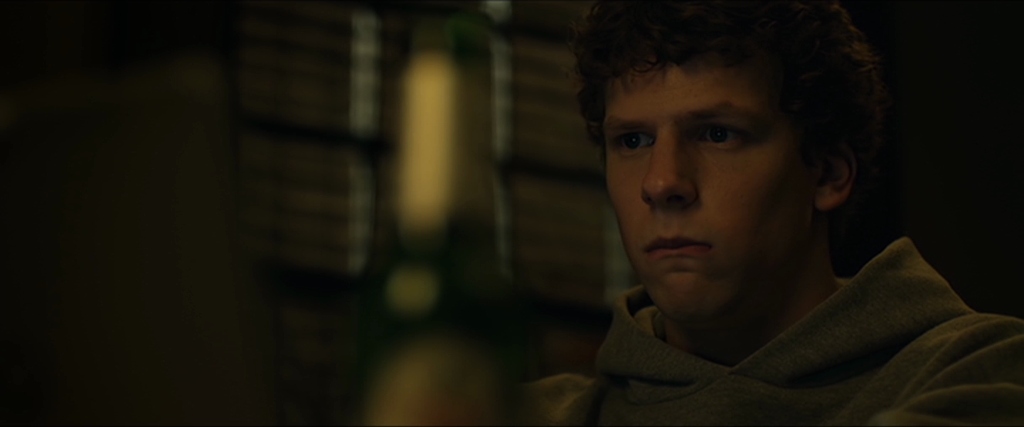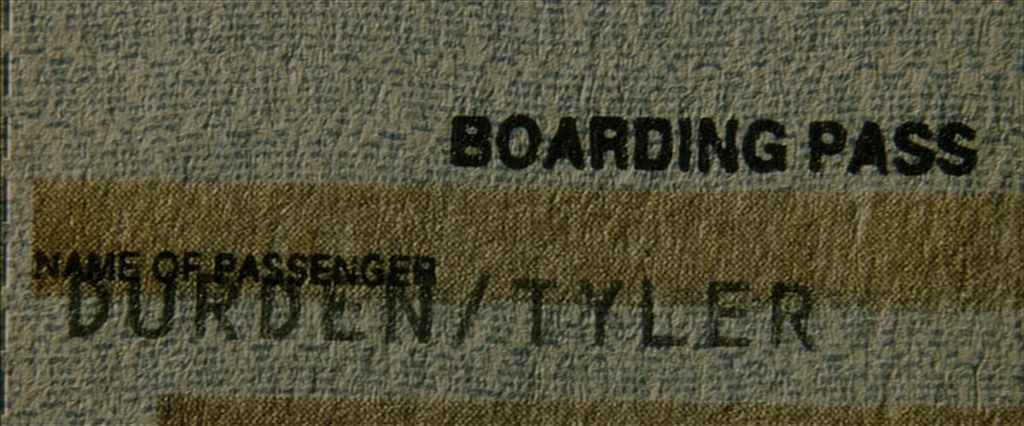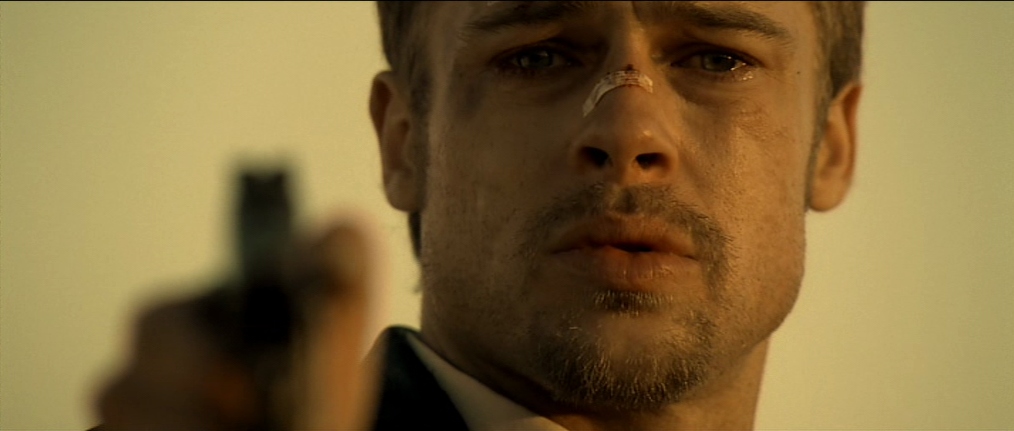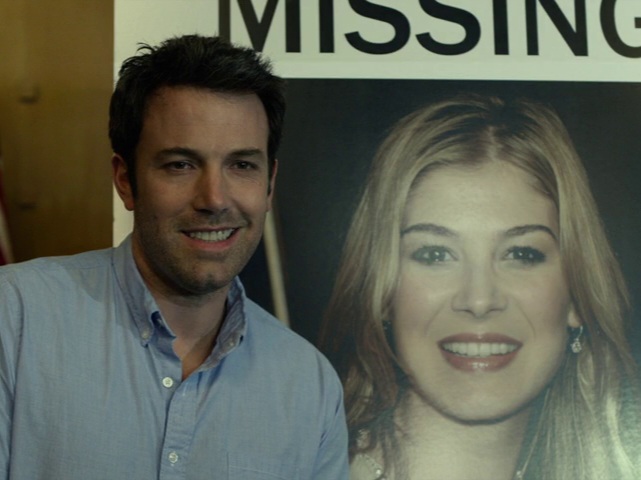David Fincher is a director known for his meticulous attention to detail and unyielding pursuit of perfection. With a filmography including iconic movies such as “Fight Club,” “Se7en,” and “The Social Network,” Fincher has established himself as a master of visual storytelling. One of the defining characteristics of Fincher’s work is his complete control over every frame of his films. From pre-production to post-production, he meticulously crafts each shot, ensuring that every element aligns with his artistic vision.
David Fincher’s commitment to control begins long before the cameras start rolling. In the pre-production phase, Fincher leaves no stone unturned, meticulously planning every aspect of his films. He is known for storyboarding each scene, creating detailed shot lists, and even rehearsing with the actors extensively. This level of preparation allows Fincher to have a clear vision of the final product and helps him maintain complete control over the visual aesthetics.
Fincher is heavily involved in choosing the right team to bring his vision to life. He works closely with his cinematographers, production designers, and art directors, ensuring that they share his meticulous attention to detail. By carefully selecting crew members who understand and appreciate his style, Fincher establishes a cohesive creative environment where everyone is working towards the same goal. Since his first collaboration with Nine Inch Nails lead vocalist and guitarist Trent Reznor and Atticus Ross on “The Social Network”, Fincher keeps asking them for all his film projects. And rightfully so, because what this duo did for the world of film scoring with that first collaboration is absolutely fantastic. Also, Jeff Cronenweth remained the Director of Photography during the longest part of Fincher’s career. Unfortunately, they parted ways with “Mank”. But as luck would have it, Fincher’s new DOP immediately received an Oscar for his work on the film. Poor Jeff!

The Precision of Cinematography
Once on set, David Fincher’s control over every frame becomes even more apparent through his collaboration with cinematographers. Together, they meticulously plan the lighting, camera movements, and framing, aiming for visual perfection. During the filming of “Gone Girl”, Ben Affleck decided to test Fincher, and he changed the diafragma of the lens by half the measure. When Fincher stepped in front of his monitor, he immediately noticed it and raised hell. This made an impression on Affleck, who is a director himself.
Fincher is known for his preference for precise camera movements, often utilizing complex tracking shots and long takes to immerse the audience in his meticulously crafted worlds. Fincher’s insistence on shooting multiple takes until he achieves the desired result is another testament to his complete control. This approach demands patience and discipline from both the cast and crew, but it ultimately results in performances and visual compositions that meet Fincher’s high standards.

Post-Production: The Fincher Touch
David Fincher’s control extends into the post-production phase, where he meticulously works on every detail of the film. He collaborates closely with editors to achieve the desired pacing and rhythm, ensuring that each cut serves the story and enhances the overall impact of the film. Fincher is also involved in color grading, sound design, and the selection of music, making sure that every element aligns with his artistic vision.
Fincher’s attention to detail is evident in the visual effects of his films. From subtle enhancements to fully realized digital environments, he utilizes technology to create precise, immersive worlds that enhance the storytelling. By having a hand in every step of the post-production process, Fincher maintains complete control over the final product.

The Impact on Fincher’s Films
David Fincher’s complete control over every frame has a profound impact on the quality and distinctiveness of his films. His meticulous planning, precise cinematography, and attention to detail in post-production contribute to a visually striking and immersive cinematic experience. Fincher’s films are known for their dark, atmospheric tones, stylized visuals, and meticulous production design, all of which are a result of his unwavering commitment to control.
Moreover, Fincher’s control over the visual elements allows him to enhance the storytelling and amplify the emotional impact of his films. Through his precise camera movements, deliberate pacing, and meticulous editing choices, he creates tension, suspense, and a sense of unease that immerses the audience in the narrative.

Conclusion
David Fincher’s complete control over every frame sets him apart as a filmmaker. From pre-production to post-production, he leaves no room for compromise, ensuring that his vision is realized on the screen. This level of control allows him to create visually stunning and thematically rich films that resonate with audiences. Whether it’s exploring the dark recesses of the human psyche or dissecting the complexities of modern society, Fincher’s meticulousness and attention to detail make him an auteur who consistently delivers cinematic masterpieces.




